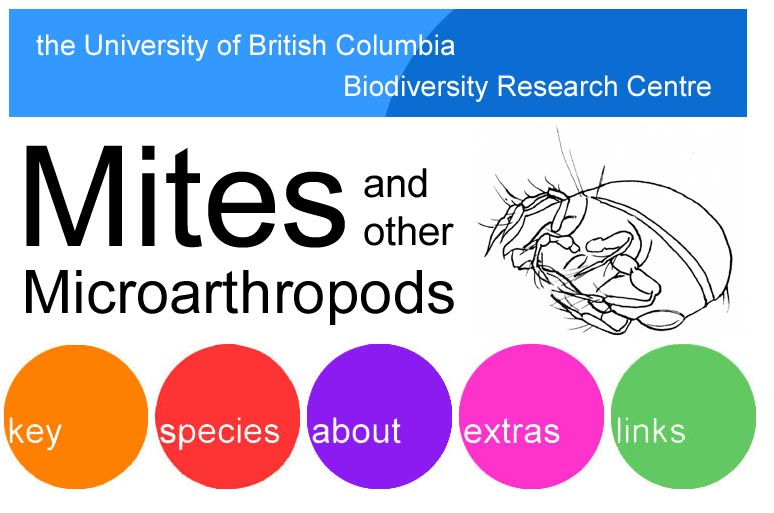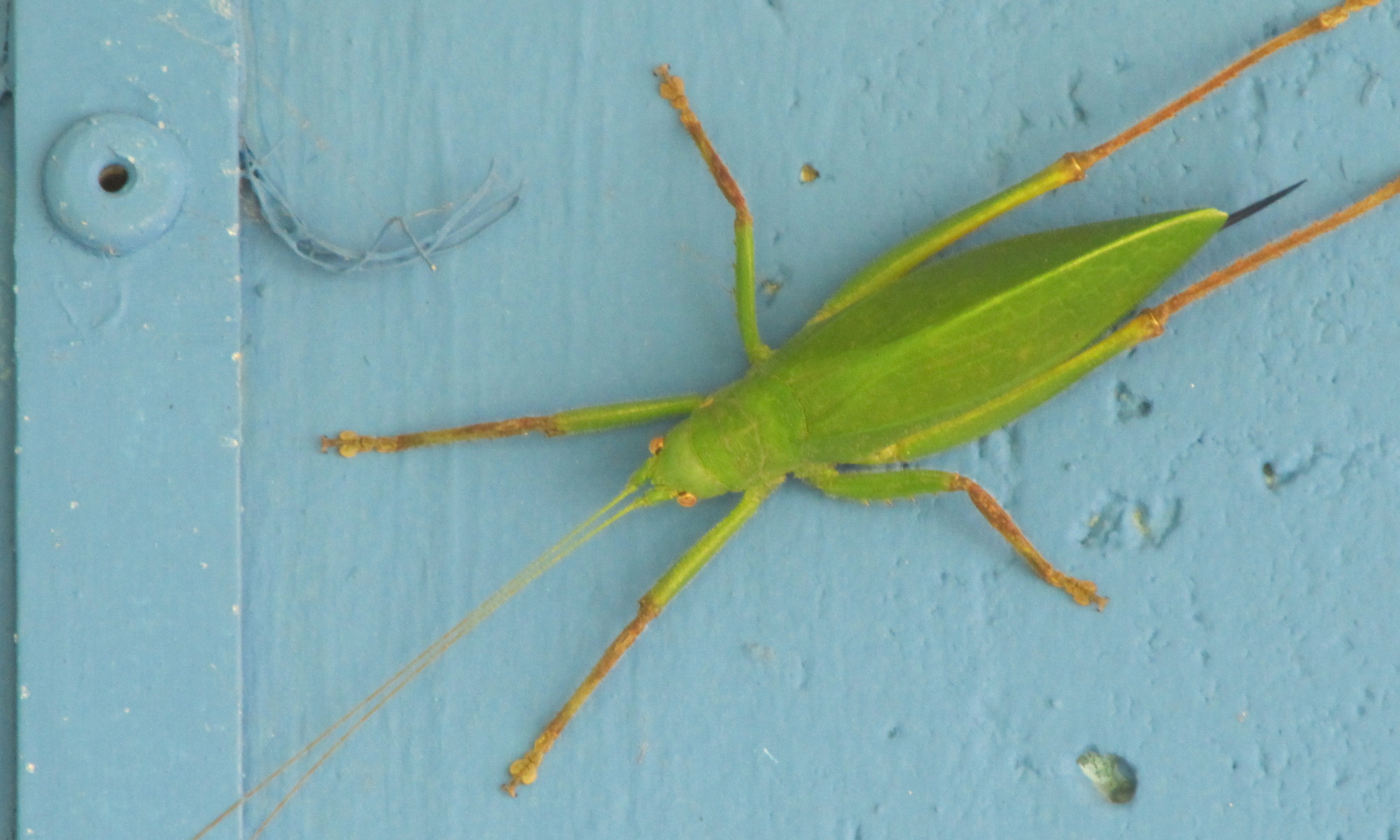I would like to announce the completion of a massive update of the UBC Biodiversity Research Center Mites and Microarthropods Webpage.
The major task of the update was adding 158 new microarthropod species to the database that were identified as part of my Masters research and the research of Youhua Chen and Jiichiro Yoshimoto. This task involved drawing and photographing all of these species in 3 views (dorsal, ventral and side), as well as deciding what menu or grouping of similar looking arthropods they should fit into. The website looks amazing thanks to the drawing and photographing talents of Pamela Matute, Dorota Niewczas and Michael Millar. There are a few of my drawings and photos featured as well.
In addition to adding the new species, a major re-organization took place in which new groups or categories of mites were created and others dissolved. Some of the pages were also re-designed. All the changes sought to make the webpage simpler to update, the mites easier to find, and the categories more taxonomically relevant. With the help of web programming wizard Kelvin Kou we also brought the webpage into the 2010’s by updating the code to CSS format. He incorporated many changes into the code that will allow the page to be viewed on a smart phone and by blind users.
This was a commendable effort to all who helped in process. I think the result is beautiful. The page still heavily reflects Derek Tan’s original design, to whom I am greatly indebted for making a great page to start with and showing me pointers along the way for how to take photos, edit the picture menus in photoshop, and update the codes in dreamweaver. Many thanks to all. I hope you enjoy using the site!
-Gennifer Meldrum


